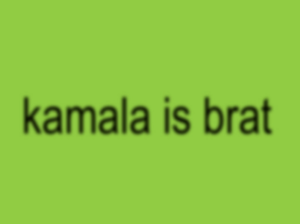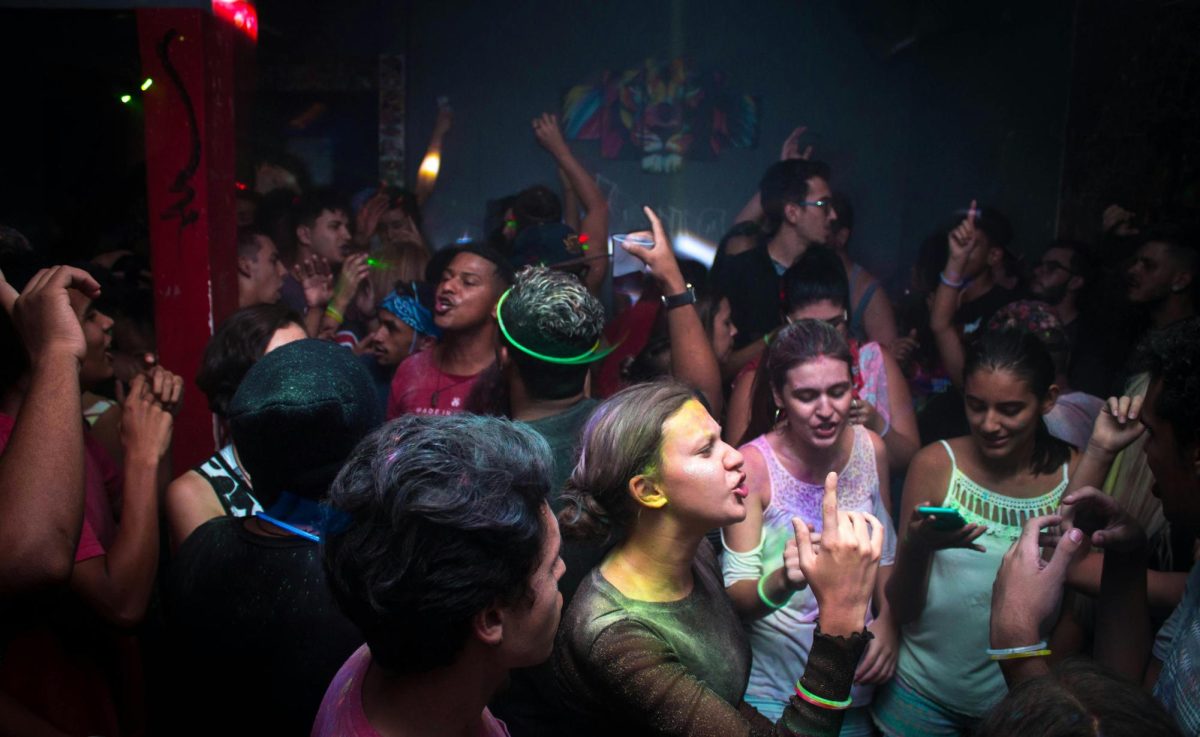As Americans plan to skip dyeing Easter eggs due to the record-high cost of $6.23 per dozen, many are bracing for a potential recession. These fears are not unfounded; Goldman Sachs currently places the odds of a U.S. recession at nearly 50 percent. With 76 percent of Americans cutting back on spending, and a staggering 82 percent of Gen Z tightening their budgets, many are turning to the past to understand the present. And while traditional economic indicators are important, cultural shifts may be just as telling.
In 1925, the United States was emerging from the trauma of the Great Influenza epidemic and World War I. At the same time, the economy was booming, and Americans leaned heavily into pleasure—dancing, drinking, and pretending everything was fine. Meanwhile, the global political climate was tense. Mussolini declared himself dictator of Italy, and “Mein Kampf” had just been published, laying out exactly what Adolf Hitler planned to do–and much of it was ignored.
Now, a century later, we’re once again coming out of a pandemic, navigating a multitude of social issues domestically and watching major wars unfold overseas. Many prominent signals in 1925 are now blooming again, except we may be a bit closer to a recession this time. Similarly to 1925, we’re seeing party culture rise again and political rhetoric hit extremes.
When people think of the 1920s, they usually picture the Roaring Twenties—an era defined by flappers, jazz, and a culture of escape and excess. Flappers, arguably the most iconic symbol of the decade, were young women who pushed boundaries through their style, behavior and nightlife. They drank, danced at jazz clubs, and defied the expectations of the generation before them. Today, we’re witnessing these patterns reemerge. New music genres and artists are gaining momentum, and party culture is thriving. In 2025, it’s not jazz taking over the scene–it’s hyperpop and dance pop. Though these genres aren’t new, they are certainly having a resurgence. This fits into a longer pattern, defined after the 2008 recession as “recession pop.” Recession pop is a wave of dance-focused, energetic music that tends to emerge during economic downturns as a form of escapism. We saw it in the 1920s with jazz, again after the 2008 recession with artists like Lady Gaga and Ke$ha, and now, in 2025, with artists like Charli XCX.

Charli XCX might be the face of this 2025 recession pop era, mirroring the spirit of 1920s party culture. In many ways, she embodies the modern-day flapper: bold, boundary-pushing, and culturally influential. Like the flappers who made waves both socially and politically, Charli’s impact goes beyond music. Flappers served as a strong push for women’s rights, contributing to milestones like voting rights, workforce participation, and access to birth control methods. While her party aesthetic, with lyrics like “365 party girl,” has dictated confidence and self-expression in the past year, her latest album, “Brat,” got very involved politically.

After tweeting, “kamala IS brat,” her celebrated album’s title was not just a pop culture symbol, but a political one. As this recession-like form of escapism transforms into a political symbol, the similarities to the Roaring Twenties are undeniable. Charli XCX has defined the idea that when the economy dips, the dance floor fills.
While the 1920s were heavily defined by fun party culture, intense political rhetoric was gaining traction underneath the surface. In times of economic crises, right-wing, nationalistic parties typically advance, gaining more popularity. In the 1920s, Americans were looking for a ‘Return to Normalcy,’ as coined by Warren G. Harding during the 1920 United States presidential election. Similar values may be seen in politics today, with President Donald Trump’s similar campaign slogan, “Make America Great Again.” This desire for normalcy is common during economic instability, as people crave more control and order. Similarly, nationalism often rises during financial crises, typically leading to immigration discussions.
In 1924, the Immigration Act of 1924 (The Johnson-Reed Act) was passed, limiting the number of immigrants allowed entry into the United States and completely excluding immigrants from Asia. Fast forward to 2025, Trump has enacted the Protecting the American People Against Invasion Executive Order, requiring anyone without legal immigration status to register with the U.S. government, and those who don’t, even without a criminal record, would become immediate targets for immigration enforcement. While these two policies have key differences, their similarities raise an important question: Do we consistently scapegoat immigrants during times of economic crisis?
This pattern of overlooking the warning signs of rising extremism isn’t new. Just as immigration restrictions and nationalist rhetoric gained traction domestically in the 1920s, other, more dangerous ideologies were gaining prominence abroad. Hitler’s “Mein Kampf,” despite the book’s extensive detail, was dismissed by the West because it was seen as too outlandish to really happen. Nearly a century later, we face another detailed political vision: Project 2025. Backed by influential conservative groups, Project 2025 was published in April 2023 by The Heritage Foundation, an American conservative think tank. The political initiative contains plans to completely eliminate the Department of Education, decrease diversity initiatives, reshape immigration enforcement, dramatically expand presidential power, and much more.
To be clear, Project 2025 is not “Mein Kampf”–they are fundamentally different in both content and historical context. But the comparison isn’t about equivalence; it’s about pattern recognition. The proposals in Project 2025 are far from subtle, yet public awareness remains low, and debate over its implications often gets reduced to partisan bickering. The lesson here isn’t about comparing the content of both texts word-for-word; instead, it’s about paying attention when people and institutions publish clear outlines of their goals. History shows us the danger of dismissing extreme political manifestos as impossible.
As we dive into the second half of the 2020s, the cultural and political landscape of the 1920s offers a powerful mirror. Economic anxiety breeds escapism, whether through our favorite recession pop songs or finding a common enemy with intense political agendas. With this, it’s important to remember that history has shown that extreme ideologies are not antidotes to instability–they’re often symptoms of it. This isn’t a call to panic. It’s a call to pay attention, so we can recognize the patterns early and choose not to repeat them.








